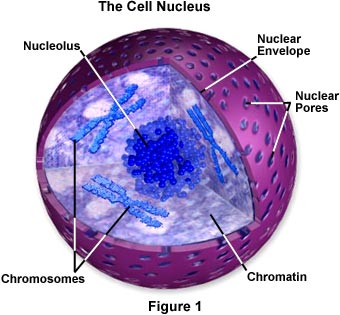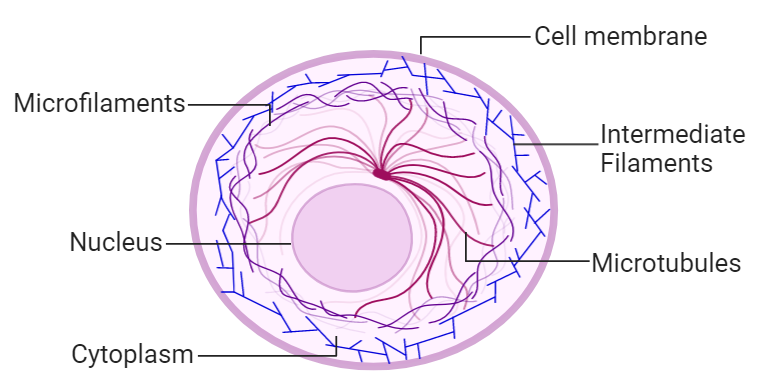AP Bio Unit 2 Vocab Ch. 6
1/50
There's no tags or description
Looks like no tags are added yet.
Name | Mastery | Learn | Test | Matching | Spaced |
|---|
No study sessions yet.
51 Terms
light microscopes
Adv: can observe both living and non-living things
Dis: max magnification is 1000x
scanning electron microscope (SEM)
studies surface
Adv: great depth of field
Dis: can't observe living things
transmission electron microscopes (TEM)
looks at inside of cells
Adv: can produce an image of very small structures
Dis: can’t observe living things
cell fractionation
separates different parts of the cell with a centrifuge
cell size
smaller objects have higher ratio of surface area to volume
eukaryotes can be larger because they are compartmentalized and have more cells
what is the cell limited by?
large cell size doesn’t diffuse materials efficiently
small cells don’t have enough room
structures in all cells
plasma membrane
cytoplasm (prokaryotes in whole thing, eukaryotes betw nucleus and membrane)
ribosomes
genetic info (prokaryotes in nucleoid, eukaryotes in nucleus)
prokaryotic cells
unicellular
simple and small
no membrane-bound organelles
circular nucleoid (no nucleus)
bacteria/archaea
endosymbiotic theory
organelles in eukaryotes originated as a symbiotic relationship betw separate singe-celled organisms
evidence for endosymbiotic theory
mitochondria and chloroplasts are:
-double-membrane bound
-have DNA
-similar ribosomes to prokaryotes
-self-replicate
-same size
-use many prokaryotic-like enzymes
eukaryotic cells
can be multicellular
larger/complex
membrane-bound organelles that are compartmentalized
have nucleus
plasma membrane
what enters and exits the cells
phospholipid bilayer, variety of protein carbohydrates
nucleus
control center
nucleolus
makes rRNA/ribosomes
nuclear envelope
double membrane, pores for RNA to exit
chromatin (DNA)
uncoiled chromosomes in linear form

nuclear lamina
network of protein filaments inside the nucleus for structure
ribosome
protein synthesis
free ribosome: not attached to ER, makes proteins for cytosol
bound ribosome: attached to ER or nuclear envelope for protein to leave cell or go in membrane
ribosome extras
made of small and large subunits
3 binding sites
can switch between free and bound
endoplasmic reticulum
connected to nuclear envelope
aids in moving stuff around the cell
smooth ER
no ribosomes
makes lipids, detoxifies drugs, breaks down carbs, stores calcium
rough ER
studded w/ ribosomes
makes secretory and membrane proteins
ER extras
inside is lumen - protein folding
secretory proteins produced are glycoproteins and packaged in vesicles
golgi apparatus
packaging, modifying, secreting substances that came from ER or makes its own
cis(receiving) and trans(shipping)
lysosome
digestive, break down
only in animal cells
vesicle formed in golgi that contains hydrolytic enzymes
phagocytosis
digesting things taken into the cell
autophagy
digesting and recycling old parts of the cell
tay-sachs disease
lysosomal storage disorder
vacuoles in animals
smaller, for storage
food vacuole: combine with lysosomes to digest
contractile vacuole: help get rid of excess water
vacuole in plants
large central vacuole
increases and decreases turgor pressure
tonoplast
membrane around vacuole in plant cells
mitochondria
site of cellular respiration
converts glucose to ATP
double membrane-bound
cristae: folds that increase surface area
chloroplasts
plastid
site of photosynthesis
use sun to convert H2O and CO2 into glucose
double-membrane bound
filled w/ stroma and stacks of thylakoids (grana)
peroxisomes
detoxify alcohol and drugs
makes hydrogen peroxide as a byproduct
cytoskeleton
structural support
helps anchor organelles
aids in cell movement

microtubules
thickest
hollow rods made of tubulin protein
helps chromosomes move during cell division
forms cilia and flagella
centrosomes
located near nucleus
microtubules made here
centrioles
found in centrosomes in animal cells
cilia and flagella
made of microtubules that make cell move
basal body: anchors them
dynein arms
motor molecules that bend the cilia and flagella
microfilaments
thinnest
made of actin protein
maintains shape
work with myosin protein in muscle movement
intermediate filaments
midsized
maintains shape
make of keratin protein
cell wall
protect, maintain shape, prevent excess water uptake
made of cellulose
primary cell wall
starts as thin and flexible and then hardens once mature
secondary cell wall
under the primary cell, strong like wood
middle lamella
glues plant cells together
plasmodesmata
channels in the cell walls of plants to pass materials betw cells
like gap junctions
extracellular matrix
provides support, adhesion, movement, regulation
structure in animal cells
made of glycoproteins (collagen)
desmosome
holds animal cells together/reduces friction
tight junction
prevents leakage
gap junction
lets substances pass through, cell signaling